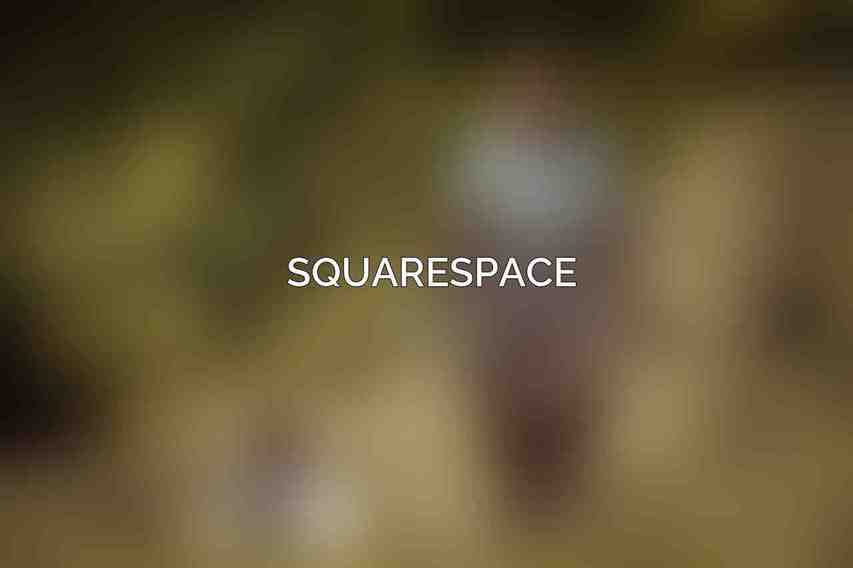choosing the right Content Management System (CMS) is crucial for web designers. A CMS not only simplifies the process of creating and managing websites but also significantly impacts the design and functionality of the final product. In 2024, with the rapid advancements in technology and user expectations, web designers need to be well-informed about the top CMS platforms available to create cutting-edge websites.
A. The Importance of Choosing the Right CMS for Web Designers
Selecting the appropriate CMS is essential as it determines the ease of website management, customization capabilities, performance optimization, and security features. Different CMS platforms cater to varying needs, from user-friendly interfaces for beginners to robust customization options for advanced designers. Dive deeper into SEO Best Practices for CMS Websites: Enhancing Visibility
B. Key Features to Consider When Evaluating CMS Platforms
When evaluating CMS platforms, web designers should consider factors such as ease of use, customization capabilities, SEO tools, template availability, security features, scalability, and support resources. These features play a vital role in enhancing the design process and ensuring a seamless user experience.
C. Overview of the Top CMS Platforms for 2024
In 2024, the top CMS platforms for web designers offer a diverse range of features and functionalities to meet the demands of modern web design. The following sections highlight some of the leading CMS platforms that web designers can leverage to create exceptional websites.
WordPress
A. Overview
known for its open-source nature and extensive community support. Its user-friendly interface and vast plugin ecosystem make it a popular choice for web designers of all levels.
B. Features
- Drag-and-Drop Page Builder: Simplifies the website creation process.
- Advanced Theme Customization Options: Allows for unique design elements.
- Built-in SEO and Marketing Tools: Enhance website visibility and reach.
C. Advantages
- Highly Customizable and Flexible
- Large Selection of Free and Premium Plugins
- Active Community Support
D. Disadvantages
- Resource-Intensive for Large Websites
- Security Risks if Not Properly Maintained
WordPress continues to be a top choice for web designers due to its flexibility and extensive feature set, although considerations must be made for maintaining performance and security.
Wix
A. Overview
Wix is a cloud-based CMS renowned for its beginner-friendly approach and a wide array of templates. Its drag-and-drop editor and Artificial Design Intelligence (ADI) make website building accessible to users with varying levels of experience.
B. Features
- Artificial Design Intelligence (ADI): Assists in automatic website design.
- Mobile-Responsive Templates: Ensures compatibility across devices.
- E-commerce and Marketing Integrations: Facilitate online businesses and promotions.
C. Advantages
- Ease of Use, Even for Beginners
- Wide Range of Design Options
- Cloud Hosting and Maintenance Included
D. Disadvantages
- Less Flexible and Customizable Compared to Other CMS Platforms
- Higher Cost for Advanced Features
Wix appeals to users seeking a straightforward design process with pre-built templates and integrated tools, though customization options might be limited for advanced designers.
Squarespace

A. Overview
Squarespace is an all-in-one CMS focusing on design aesthetics, offering professional templates and customizable layouts. It caters to users looking to create visually appealing websites without extensive technical knowledge.
B. Features
- Content Management System with Built-in Design Tools: Streamlines the design process.
- E-commerce and Booking Integrations: Supports online transactions and appointments.
- Mobile-Optimized Templates: Ensures a seamless mobile experience.
C. Advantages
- Beautiful Templates with a Premium Feel
- User-Friendly for Non-Technical Users
- High-Quality Customer Support
D. Disadvantages
- Limitations in Flexibility Compared to WordPress
- Higher Costs for Advanced Functionality
Squarespace caters to designers looking for visually striking websites without delving into complex coding, but it may not offer the same level of customization as other platforms.
Webflow
A. Overview
Webflow stands out as a no-code CMS that empowers designers to create custom websites with advanced design capabilities. It offers clean code generation and sophisticated design tools for a polished final product.
B. Features
- Customizable Interface with Drag-and-Drop Functionality: Enables easy design modifications.
- Built-in Hosting and Content Management Tools: Streamlines website management.
- Advanced Animations and Effects: Enhance visual appeal and interactivity.
C. Advantages
- Complete Creative Control for Designers
- No Coding Skills Required for Custom Designs
- Professional-Looking Websites with High-Quality Code
D. Disadvantages
- Steep Learning Curve for Complex Designs
- Higher Costs for Large-Scale Projects
Webflow caters to designers seeking full creative control without the need for coding skills, offering a robust platform for custom website creation. Learn more about What’s Trending: CMS Design Innovations to Watch in 2024
Drupal

A. Overview
Drupal is an open-source CMS renowned for its flexibility and scalability, favored by large organizations and government entities for its robust features and security measures.
B. Features
- Highly Customizable with Modular Architecture: Allows for tailored solutions.
- Advanced Content Management and User Permissions: Enhances security and organization.
- Built-in Security and Performance Optimization: Ensures a stable and secure website.
C. Advantages
- Highly Secure and Scalable Solution
- Extensive Community Support for Assistance
- Ideal for Complex and Enterprise-Level Websites
D. Disadvantages
- Challenging for Beginners to Navigate
- Requires Technical Expertise for Customization
Drupal remains a top choice for enterprises and organizations requiring a robust CMS with advanced customization and security features, though it may pose challenges for inexperienced users.
A. Summary of the Top CMS Platforms for Web Designers in 2024
In 2024, web designers have a plethora of CMS platforms at their disposal, each offering unique features and benefits to cater to diverse design needs.
B. Considerations for Choosing the Right CMS for Specific Needs
When selecting a CMS, designers should consider factors such as design flexibility, usability, scalability, cost-effectiveness, and support availability to ensure the chosen platform aligns with their project requirements.
C. Recommendations Based on Design Capabilities, Ease of Use, and Scalability
Depending on the project scope and design preferences, web designers can opt for platforms like WordPress for flexibility, Wix for simplicity, Squarespace for aesthetics, Webflow for customization, or Drupal for enterprise-level solutions.
the choice of CMS plays a pivotal role in defining the success of a web design project. By selecting the right platform that aligns with design goals and technical capabilities, web designers can create impactful and visually stunning websites in 2024.
Frequently Asked Questions
What are the top CMS platforms for web designers to use in 2024?
Some of the top CMS platforms for web designers to use in 2024 include WordPress, Wix, Joomla, Drupal, and Shopify.

